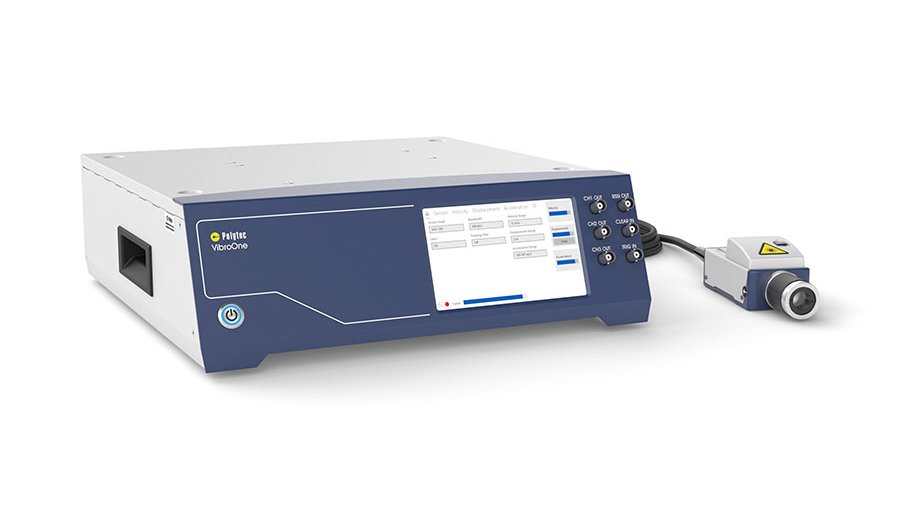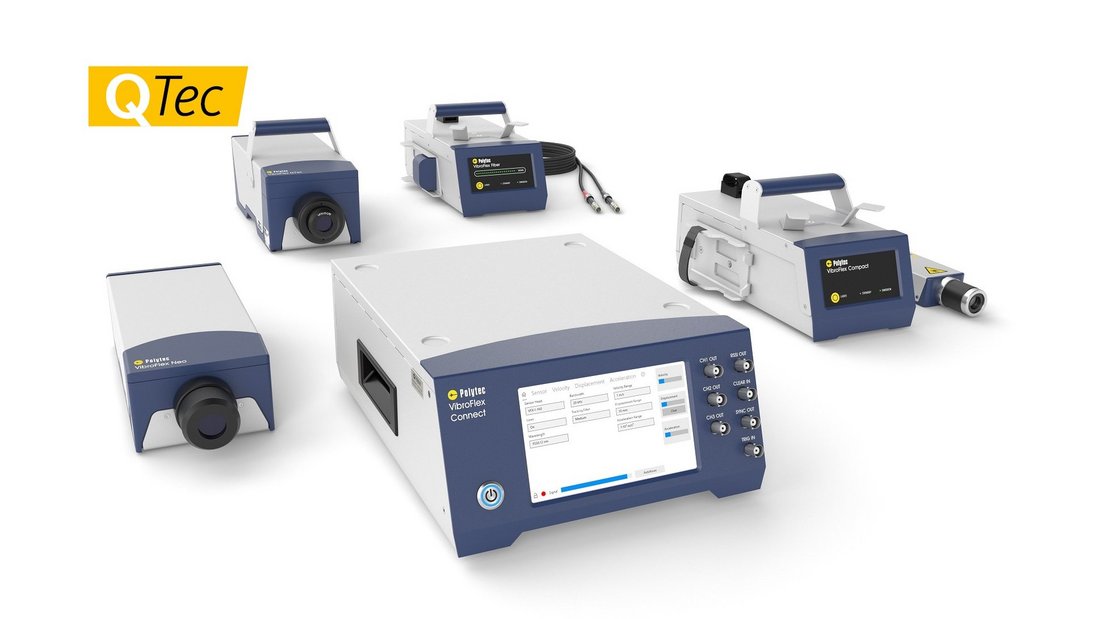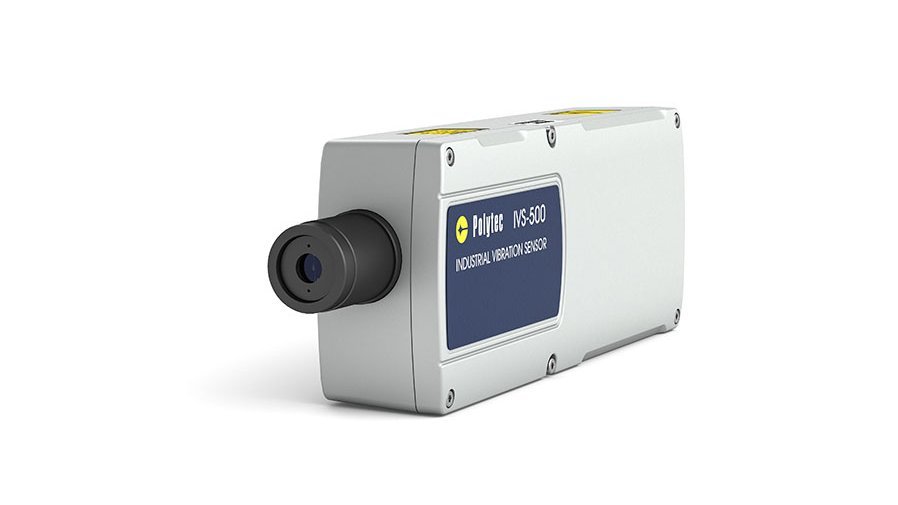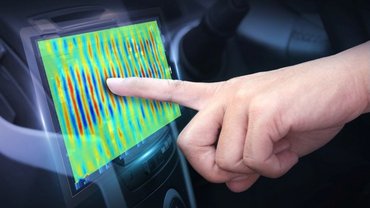Quality inspection for thick-wire bonding
Thick-wire aluminum bonds, which are widely used in the automotive industry to bond power semiconductors, need to be extremely reliable. Laser vibrometers allow you to examine the bond process in situ and are therefore critical in helping you to clarify any quality defects.
Microelectronic assemblies – where the transmission of high output levels and currents is paramount (for example power modules in the automotive industry,) – are widely processed for electric bonding purposes using so-called thick-wire bonds. The electrical contacts are made using the ultrasonic friction welding process with aluminum wires with diameters ranging from 100 to 600 μm. Resonation of the bond pads, which could well lead to a lower-quality bond connection with questionable long-term reliability, is undesirable in this regard.
Fiber-optic vibrometry is a great way of both analyzing the pads’ vibrations with maximum precision and assessing the bond quality during the bond process. Laser vibrometry combines the advantages offered by a non-contact measurement solution that doesn’t influence the sample’s vibration behavior with the benefits of a sufficiently high level of temporal and spatial resolution.
Laser vibrometry focusing on the small details
Characterize small and delicate structures in a non-contact way. Analyze vibration, acoustics and dynamics. Measure biomedical samples, electronics components and microstructures like MEMS by light, without mass-loading, and from DC up to the GHz range on a large bandwidth. Laser vibrometers focus on the small details, measuring deflection shapes for model validation. They assess the frequency response and determine resonance frequency, impulse response and Q factor. No matter how big or small – Polytec vibrometers measure it!






